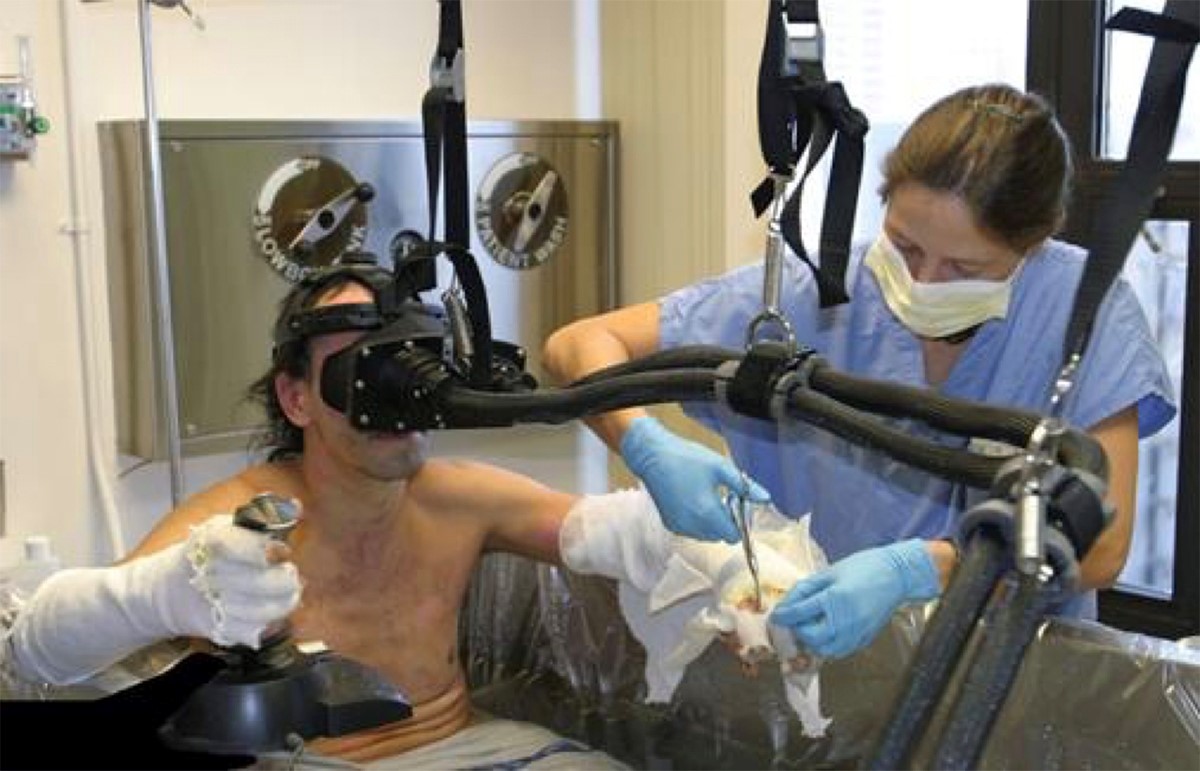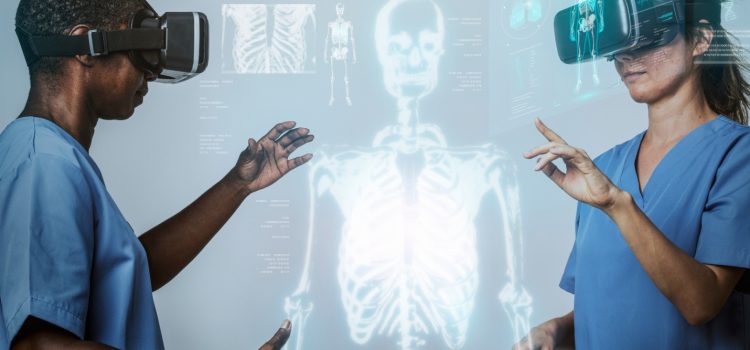
In recent years, Virtual Reality (VR) has transcended its origins as a tool for gaming and entertainment, finding applications in various medical fields, including pain management. VR Pain Management is emerging as a revolutionary approach that offers a novel, non-pharmacological method to alleviate pain. This article delves into the growth of VR in pain management, exploring its mechanisms, applications, benefits, and future potential.
Understanding VR Pain Management
VR Pain Management involves the use of immersive, computer-generated environments to distract patients from pain. By engaging multiple senses, VR creates a sense of presence in a virtual world, which can significantly reduce the perception of pain. This technique leverages the brain’s capacity for attention diversion, essentially tricking it into focusing on the virtual environment rather than the pain signals.
Mechanisms Behind VR Pain Management
The efficacy of VR in pain management can be attributed to several psychological and neurobiological mechanisms:
- Distraction: VR provides an engaging experience that diverts the patient’s attention away from pain. The immersive nature of VR captures the user’s focus, making it difficult for the brain to process pain signals simultaneously.
- Modulation of Pain Pathways: VR has been shown to influence the brain’s pain pathways. Functional MRI studies reveal that VR can reduce activity in pain-related brain areas, such as the anterior cingulate cortex and the thalamus.
- Emotional Regulation: Chronic pain often leads to emotional distress, which can exacerbate the perception of pain. VR environments can be tailored to promote relaxation and reduce anxiety, thereby indirectly alleviating pain.
- Neuroplasticity: Repeated exposure to VR can promote neuroplasticity, the brain’s ability to reorganize itself. This can result in long-term changes in pain perception and management.
Applications of VR in Pain Management
VR Pain Management has found applications across a wide range of medical conditions and settings:
- Acute Pain: VR has been effectively used to manage acute pain during medical procedures such as wound care, burn treatment, and dental procedures. Studies have shown that patients using VR report significantly lower pain scores compared to those receiving standard care.
- Chronic Pain: Conditions such as fibromyalgia, chronic back pain, and neuropathic pain have shown positive responses to VR interventions. Patients often experience reduced pain intensity and improved quality of life.
- Postoperative Pain: VR can be a valuable tool in managing postoperative pain. By reducing the need for opioid analgesics, VR can help mitigate the risk of opioid addiction and associated side effects.
- Rehabilitation: VR is increasingly being used in physical and occupational therapy to enhance rehabilitation outcomes. The immersive nature of VR can motivate patients to engage more fully in their therapy, leading to better pain management and functional recovery.
- Pediatric Pain: Children undergoing painful procedures or dealing with chronic pain conditions can benefit greatly from VR. The engaging and often playful nature of VR environments can make medical treatments less intimidating and more tolerable for young patients.

Benefits of VR Pain Management
The growth of VR in pain management is driven by its numerous benefits:
- Non-Invasive and Non-Pharmacological: VR offers a non-invasive alternative to traditional pain management methods. This is particularly valuable in reducing reliance on medications, especially opioids, which carry risks of addiction and side effects.
- Customizable: VR environments can be tailored to individual patient needs and preferences. This customization enhances the effectiveness of pain management interventions.
- Immediate Feedback: VR systems can provide real-time feedback, allowing healthcare providers to monitor patient responses and adjust treatments accordingly.
- Accessibility: Advances in VR technology have made it more accessible and affordable. Portable VR systems can be used in various settings, including hospitals, clinics, and even at home.
- Enhanced Patient Experience: VR can transform the patient experience, making medical treatments more engaging and less distressing. This can lead to higher patient satisfaction and better adherence to treatment plans.
Challenges and Considerations
While the growth of VR in pain management is promising, there are challenges and considerations to address:
- Cost and Accessibility: Despite advances in technology, the cost of VR systems can still be a barrier for some healthcare providers and patients. Ensuring equitable access to VR pain management is crucial.
- Technical Limitations: VR technology is continually evolving, but technical limitations such as motion sickness and hardware compatibility can affect its usability and effectiveness.
- Clinical Validation: While numerous studies support the efficacy of VR in pain management, more large-scale, randomized controlled trials are needed to establish standardized protocols and guidelines.
- Training and Implementation: Effective implementation of VR pain management requires training for healthcare providers. Ensuring that providers are skilled in using VR systems and integrating them into clinical practice is essential.
Future Directions
The future of VR Pain Management is bright, with ongoing research and technological advancements paving the way for new applications and improvements. Some exciting future directions include:
- Personalized VR Experiences: Advances in artificial intelligence and machine learning could enable the creation of highly personalized VR experiences tailored to individual patient profiles and pain conditions.
- Integration with Telemedicine: The integration of VR with telemedicine platforms could expand access to pain management interventions, particularly for patients in remote or underserved areas.
- Wearable VR Devices: The development of wearable VR devices could enhance portability and convenience, allowing patients to use VR for pain management in their daily lives.
- Multi-Modal Approaches: Combining VR with other non-pharmacological interventions, such as mindfulness and biofeedback, could enhance the overall effectiveness of pain management strategies.
Conclusion
The growth of VR in pain management represents a significant advancement in the field of medical technology. By offering a non-invasive, customizable, and engaging approach to pain relief, VR has the potential to transform the way we manage pain. As research continues and technology evolves, VR Pain Management is poised to become an integral part of comprehensive pain management strategies, improving the quality of life for countless patients.










